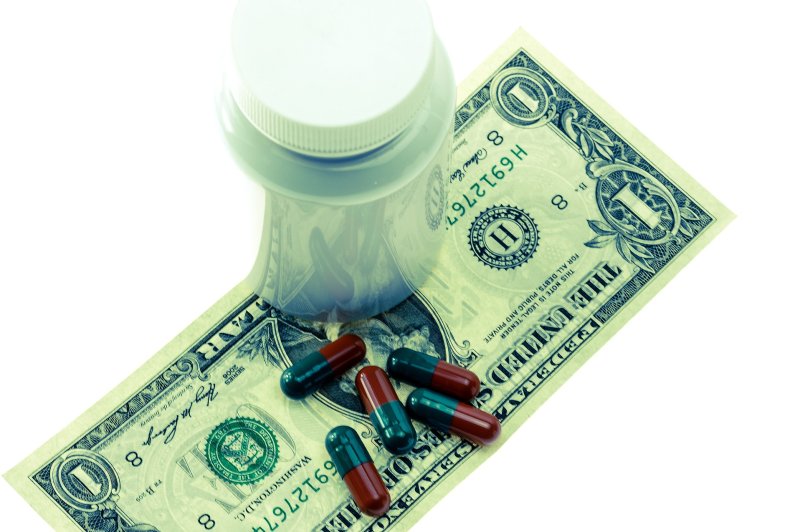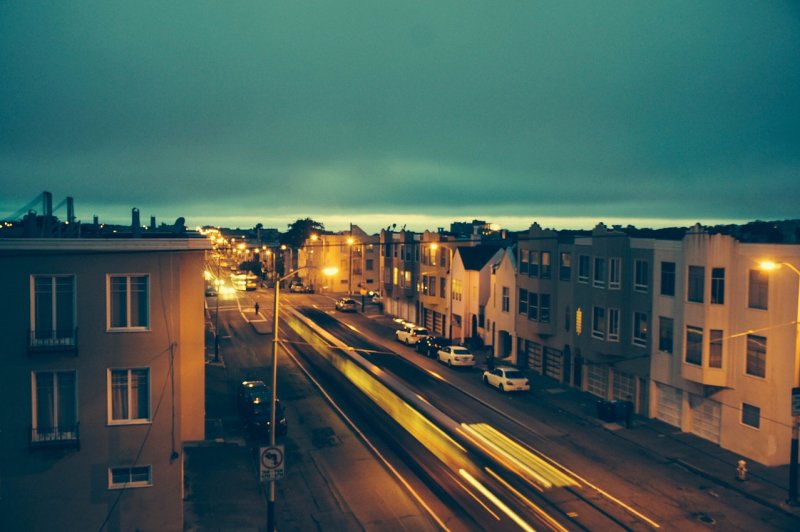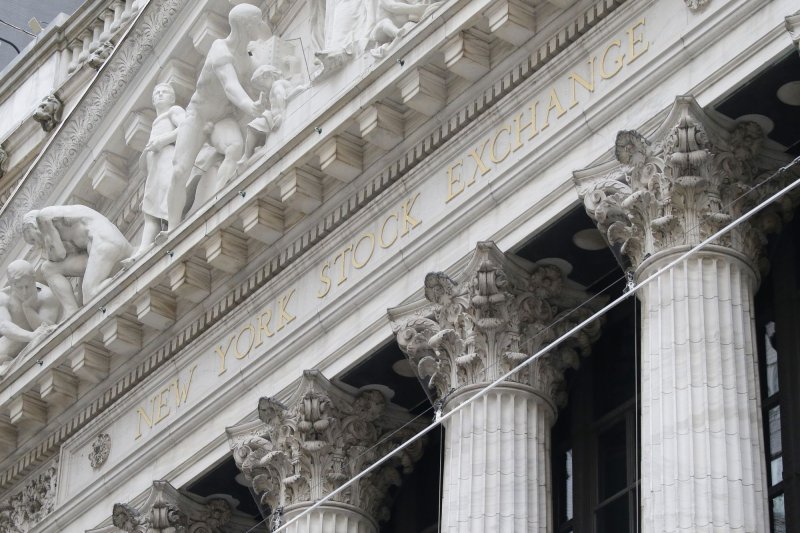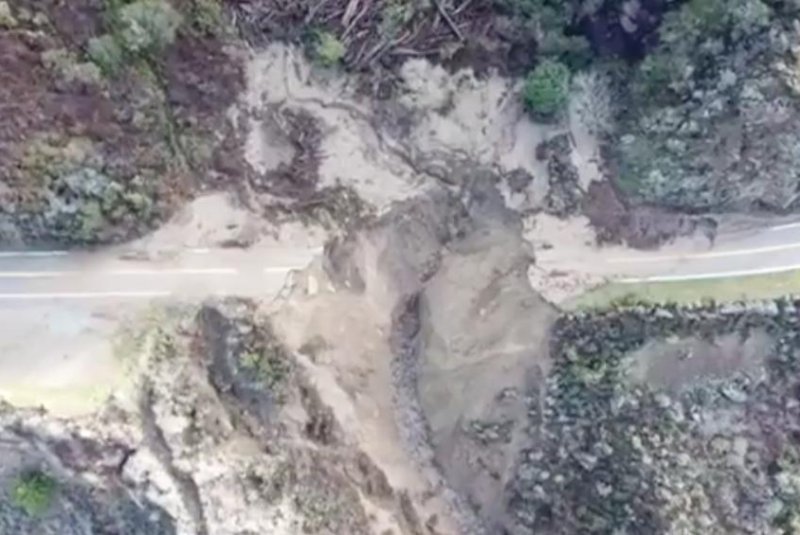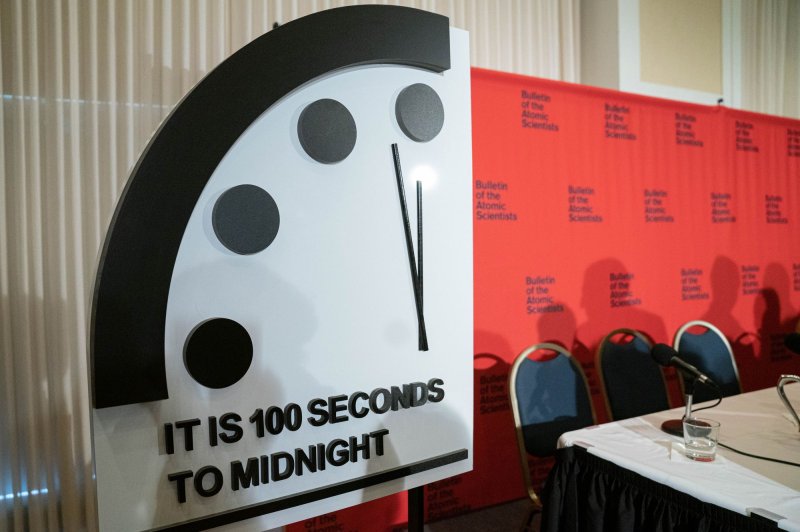Space firm plans first all-private crew for 2022 launch

The interior of SpaceX's Crew Dragon capsule is black and white, with a modern design.
Photo courtesy of SpaceX HOW STANLEY KUBRIC
ORLANDO, Fla., Jan. 29 (UPI) -- The first private crew, consisting of four astronauts, plans to fly to the International Space Station in January 2022 on a SpaceX mission arranged by Houston-based firm Axiom Space.
Former NASA astronaut Michael López-Alegría, a vice president at Axiom, would be flight commander. Ohio real estate and financial technology entrepreneur Larry Connor, who has flown fighter jets, would be the mission pilot, Axiom said.
The company has booked the ride with Elon Musk's space company in a Crew Dragon capsule launched from Florida by a Falcon 9 rocket.
Connor and two businessmen, one from Canada and one from Israel, have agreed to pay Axoim $55 million for the experience. The company declined to say whether the tickets are fully paid already, or if the voyagers have made deposits. Axiom's financial arrangement with SpaceX also was not disclosed.
ORLANDO, Fla., Jan. 29 (UPI) -- The first private crew, consisting of four astronauts, plans to fly to the International Space Station in January 2022 on a SpaceX mission arranged by Houston-based firm Axiom Space.
Former NASA astronaut Michael López-Alegría, a vice president at Axiom, would be flight commander. Ohio real estate and financial technology entrepreneur Larry Connor, who has flown fighter jets, would be the mission pilot, Axiom said.
The company has booked the ride with Elon Musk's space company in a Crew Dragon capsule launched from Florida by a Falcon 9 rocket.
Connor and two businessmen, one from Canada and one from Israel, have agreed to pay Axoim $55 million for the experience. The company declined to say whether the tickets are fully paid already, or if the voyagers have made deposits. Axiom's financial arrangement with SpaceX also was not disclosed.
RELATED Elon Musk's SpaceX crewed launches led space events in 2020
The three men are lining up research projects and educational programs to beam back to Earth during their mission, according to Axiom communications manager Beau Holder.
Connor plans to collaborate with the Mayo Clinic and the Cleveland Clinic on medical research, while providing lessons to students at Dayton Early College Academy in his hometown of Dayton, Ohio.
Mark Pathy, chief executive of Mavrik, a Montreal investment firm, plans to collaborate with the Canadian Space Agency and the Montreal Children's Hospital on health-related projects.
Eytan Stibbe plans to conduct experiments for Israeli researchers and entrepreneurs coordinated by the Ramon Foundation and the Israel Space Agency, along with educational outreach to Israeli students.
RELATED Bridenstine leaves NASA, calls for unity in space, science efforts
Axiom has support from NASA as the company builds a successor to the International Space Station, but there are many unknowns about the flight.
Axiom has agreements with NASA to connect privately owned segments to the space station starting in 2024. After the orbiting platform reaches obsolescence -- around 2030 -- Axiom intends to separate its units from the station and fly independently.
Former NASA Administrator Jim Bridenstine, who stepped down on Jan. 20, was a big supporter of such commercial space missions. The agency currently is led by acting administrator Steve Jurczyk, but a new appointment is expected soon.
"We see no reason NASA's strong commitment to fostering a commercial marketplace in low-Earth orbit will change," Axion's Holder said in a statement to UPI.
Axiom Space and NASA are working together on a formal arrangement to foster private astronaut missions, including the planned January 2022 trip, known as Ax-1, Holder said.
Many details must be hammered out before such a ground-breaking space mission can occur, said John Spencer, a space architect and president of the Los Angeles-based non-profit Space Tourism Society.
Axiom has support from NASA as the company builds a successor to the International Space Station, but there are many unknowns about the flight.
Axiom has agreements with NASA to connect privately owned segments to the space station starting in 2024. After the orbiting platform reaches obsolescence -- around 2030 -- Axiom intends to separate its units from the station and fly independently.
Former NASA Administrator Jim Bridenstine, who stepped down on Jan. 20, was a big supporter of such commercial space missions. The agency currently is led by acting administrator Steve Jurczyk, but a new appointment is expected soon.
"We see no reason NASA's strong commitment to fostering a commercial marketplace in low-Earth orbit will change," Axion's Holder said in a statement to UPI.
Axiom Space and NASA are working together on a formal arrangement to foster private astronaut missions, including the planned January 2022 trip, known as Ax-1, Holder said.
Many details must be hammered out before such a ground-breaking space mission can occur, said John Spencer, a space architect and president of the Los Angeles-based non-profit Space Tourism Society.
RELATED SpaceX, NASA make history with launch to space station
"The mission will set many precedents, and nobody wants to set precedents you can't live with in the future," Spencer said.
An example of such details is the limited number of sleeping stations aboard the space station, Spencer noted.
"That's not a deal-breaker but they would have to work something out, even if they only sleep aboard SpaceX's Crew Dragon capsule," Spencer said.
The space station has only six sleeping stations, not enough to accommodate the seven astronauts currently on board. NASA astronaut Mike Hopkins has been sleeping aboard the Dragon capsule Resilience, in which he flew to the station in November.
The space station has hosted private citizens before, but not in recent years, as crewed flights were limited after the space shuttle program ended in 2011. Businessman Charles Simonyi last visited in 2007 and 2009.
NASA has announced that actor Tom Cruise will be shooting a movie aboard the space station after a private flight, but a date for that mission hasn't been set.
The Axiom mission as planned would last for about eight days, Axiom said in a press release announcing the flight.
López-Alegría, who flew to space four times over a 20-year career at NASA, will become the first person to command both a civil and a commercial human spaceflight mission, Axiom noted.
Previous space tourists have flown to the space station aboard Russian Soyuz capsules, but only as seatmates on official NASA missions.
"Some of the previous private astronauts had assignments and did work up there. We haven't heard yet what this crew will do," Spencer said. "It will be a learning experience for everybody."
Retired NASA astronaut Peggy Whitson, also a former chief scientist at NASA, is listed as a backup commander for the Axiom mission.
Passengers must spend 15 weeks in training after a physical, according to Axiom's mission description.
Many people in space-related research hope the Axiom mission kicks off a new era of expanded spaceflight for private citizens, said Nancy Vermeulen, an astrophysicist, pilot and founder of the Belgium-based Space Training Academy.
Private citizens flying on such a mission doesn't present a safety risk, Vermeulen said, especially since SpaceX has flown its Dragon capsules to the space station many times on autopilot.
"This is a short-duration mission, eight days versus six months that many astronauts spend in space," she said.
"The mission will set many precedents, and nobody wants to set precedents you can't live with in the future," Spencer said.
An example of such details is the limited number of sleeping stations aboard the space station, Spencer noted.
"That's not a deal-breaker but they would have to work something out, even if they only sleep aboard SpaceX's Crew Dragon capsule," Spencer said.
The space station has only six sleeping stations, not enough to accommodate the seven astronauts currently on board. NASA astronaut Mike Hopkins has been sleeping aboard the Dragon capsule Resilience, in which he flew to the station in November.
The space station has hosted private citizens before, but not in recent years, as crewed flights were limited after the space shuttle program ended in 2011. Businessman Charles Simonyi last visited in 2007 and 2009.
NASA has announced that actor Tom Cruise will be shooting a movie aboard the space station after a private flight, but a date for that mission hasn't been set.
The Axiom mission as planned would last for about eight days, Axiom said in a press release announcing the flight.
López-Alegría, who flew to space four times over a 20-year career at NASA, will become the first person to command both a civil and a commercial human spaceflight mission, Axiom noted.
Previous space tourists have flown to the space station aboard Russian Soyuz capsules, but only as seatmates on official NASA missions.
"Some of the previous private astronauts had assignments and did work up there. We haven't heard yet what this crew will do," Spencer said. "It will be a learning experience for everybody."
Retired NASA astronaut Peggy Whitson, also a former chief scientist at NASA, is listed as a backup commander for the Axiom mission.
Passengers must spend 15 weeks in training after a physical, according to Axiom's mission description.
Many people in space-related research hope the Axiom mission kicks off a new era of expanded spaceflight for private citizens, said Nancy Vermeulen, an astrophysicist, pilot and founder of the Belgium-based Space Training Academy.
Private citizens flying on such a mission doesn't present a safety risk, Vermeulen said, especially since SpaceX has flown its Dragon capsules to the space station many times on autopilot.
"This is a short-duration mission, eight days versus six months that many astronauts spend in space," she said.



